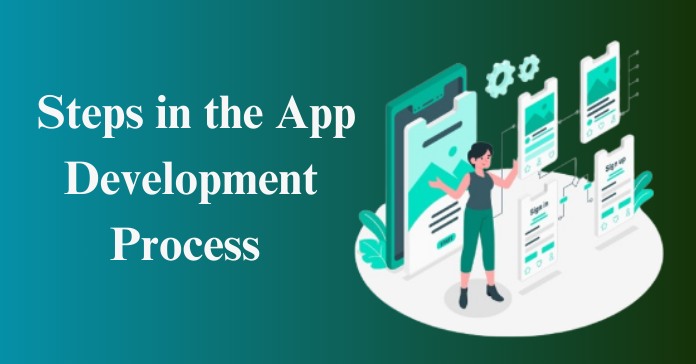Critical Steps in the App Development Process
The critical steps in the app development process involve multiple interconnected disciplines. Technical components include cross-platform functionality, user-friendliness, compatibility, and performance. Audio-visual elements are essential in attracting app users, retaining their interest, and driving continued app use.
However, the app development process’s most critical aspect is understanding people. Ultimately, people use apps despite the level of technical magic that goes into creating them. The smartphone/tablet app will not be used if it doesn’t serve a human purpose.
Today, we explore a specific case study of coupons apps and how they can better serve cost-conscious customers. We could explore the efficacy of a productivity tool or a health and wellness monitoring app. In each instance, there is a predefined use case for the application.
The secret lies in uncovering what resonates with the target market:
- What does the audience want? What does the audience need?
- What can a business offer customers to realize those expectations as efficiently, effectively, and productively as possible?
Here’s how to shape an app development process around user-centric insights.
Identify a Real-World Problem And Present A Solution
Any demand/supply scenario is always about meeting the market needs or creating a demand for a new product or service. Either way, there has to be a confluence of customers and a supply of business-created products or services.
App developers ask the pertinent questions – What gap exists in the market? Successful apps solve problems and make life easier.
For example, the right food discount apps can address the universal need to save money through cash back on purchases, presenting customers with a greater variety and offering a pool of 50,000+ restaurants, grocery stores, and gas stations.
Of course, the market is already saturated with cashback apps, but a novel and targeted approach can certainly tap into this high-demand sector and flourish. App developers are encouraged to conduct heavy research on audience pain points.
What creates tension, difficulty, or cost-related problems in day-to-day life? Various avenues are available for exploration, including social media groups, Reddit forums, online surveys, etc.
Trends and Competitors
Market saturation is a real phenomenon. Businesses deal with fierce competition despite novel ideas. Understanding what’s already out there is essential to strategic management.
Naturally, it’s not always possible to ascertain/gauge what other competitors plan to launch, but we can see what exists at the App Store or the Google Play Store.
This is a great point of departure.
Once a developer finds pertinent information about an app, it’s imperative to research customer feedback on-site to determine any pressure points, complaints, trends, or related feedback that could help position the app more successfully.
Engage the Target Audience Early on
This is sacrosanct. Potential customers and users are your best source of inspiration. Several approaches are available for connecting with them, notably:
- Focus Groups
- Social Media Polls
- Feedback Platforms
Many apps – especially successful apps– test prototypes with users before launching at the App Store and the Google Play Store. Duolingo is one such example.
Monitor Data and Behavior
Various analytics tools and resources are available for gauging an app’s performance, productivity, and efficacy. Google Trends, SEM Rush, App Annie, and similar are available. These insights should be combined and contrasted with location-based data (geolocation) for greater accuracy. For food discount apps, this could undoubtedly benefit customers in urban areas or for rural delivery options, take-out, dining in etcetera.
Add Value and Build Convenience
Highly successful apps make something more accessible or more cost-effective to customers. That’s why it’s always best to focus on making an app user-friendly. If it’s easy to use, people will use it. Plus it should be efficient (do what it intends to do with as few resource-intensive activities as possible) and be simple. Food discount apps, for example, could present users with the following information:
- Nearby food-related deals in real time
- Save past purchases for quick reordering
- Personalised recommendations based on preferences
Once all the steps above have been assessed, evaluated, and compared with pre-stated objectives, the beta version can be launched with a small target audience. This provides invaluable feedback. Users can tell the app developers what they found useful, what frustrated them, or whether they would recommend the app to a friend.
This is sacrosanct in the app production process. It indicates the best approach methodology to fine-tune the app to user expectations. During the post-launch phase, app developers must continue to work hard. Built-in analytics track user behavior, gather feedback and make necessary changes. These come in the form of updates.
As a case in point, a top-tier coupon app can offer seasonal promos, partner with local businesses, or offer engaging enticements to keep customers interested.



